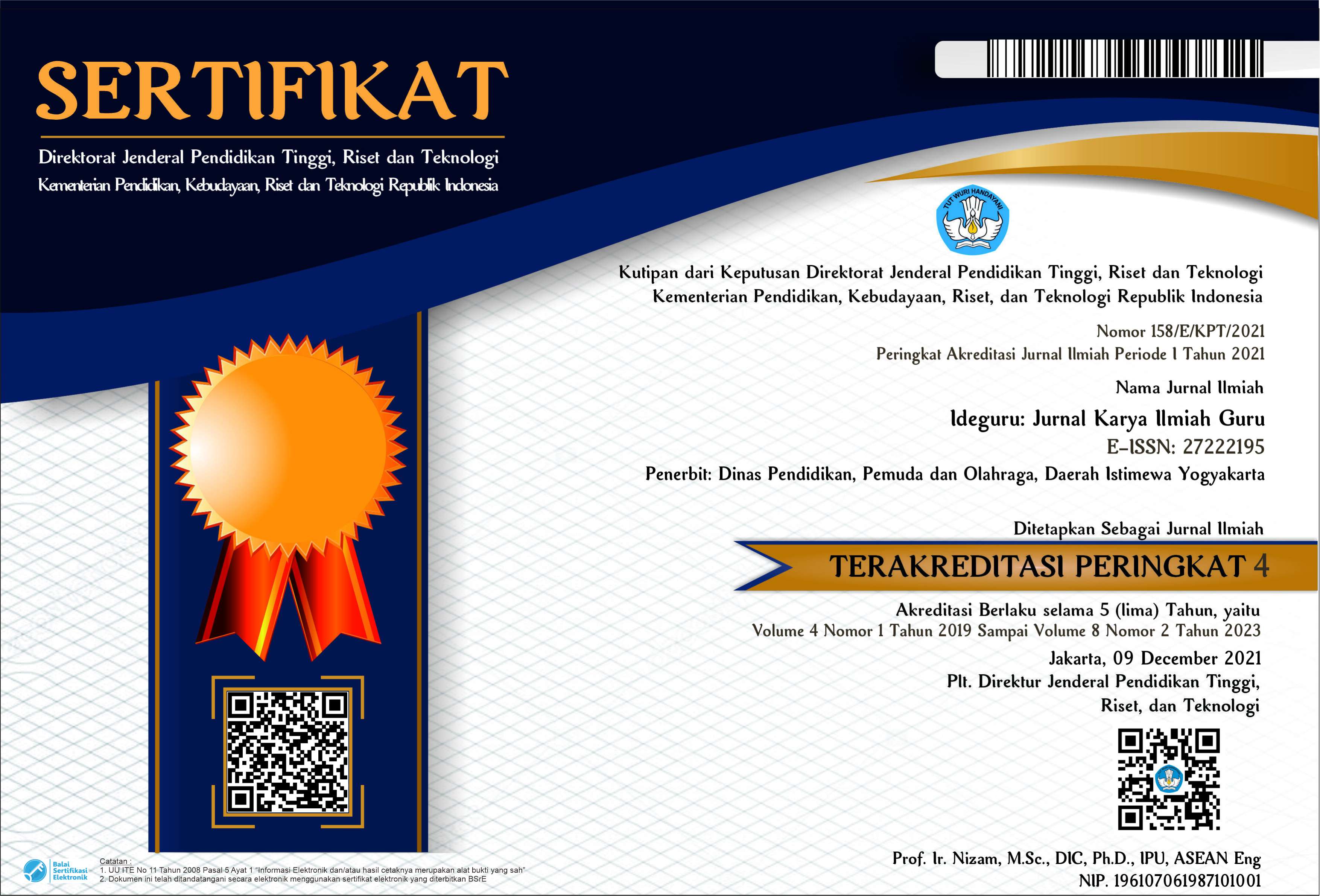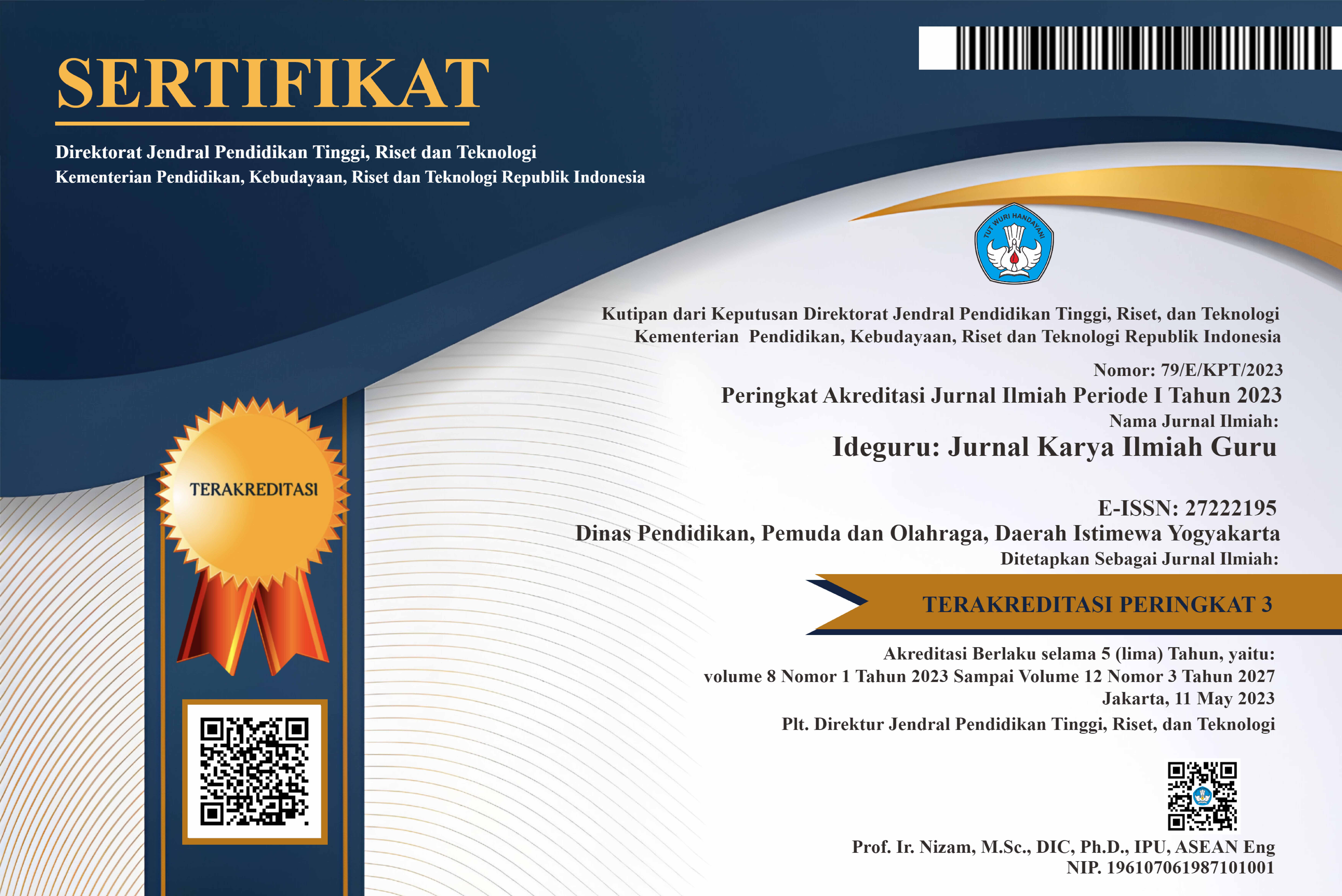Faktor Protektif Ide Bunuh Diri Remaja
Abstract
Suicide has become one of the mental health issues among adolescents. The driving factors for suicide stem from the presence of suicidal ideation. Protective factors can play a role in preventing the emergence of suicidal ideation in adolescents. Some studies have yielded findings on protective factors for suicidal ideation in adolescents. However, there is no scientific synthesis regarding these protective factors. Aim of this research is to identify protective factors for suicidal ideation in adolescents. Research method of the study uses Systematic Literature Review (SLR) following the PRISMA guidelines. There are 32 articles that meet the inclusion criteria and become the object of the study. The research findings on protective factors for suicidal ideation in adolescents include 20 protective factors related to the personal/internal aspects of adolescents, 17 protective factors related to the social/external aspects of adolescents, and 1 protective factor related to the academic/external aspects of adolescents. This study can serve as a scientific foundation for formulating policies to prevent teenage suicide. Further research is needed to design intervention experiments that can reduce suicidal ideation in adolescents according to the specific contexts of each region.
PDF Downloads
Copyright (c) 2023 Masbahur Roziqi, Muslihati Muslihati, IM Hambali

This work is licensed under a Creative Commons Attribution 4.0 International License.

 DOI:
DOI:














